It’s not uncommon for young girls to wish for makeup kits. As a parent, you probably even make mental notes of the different eyeshadows and lipglosses that catch your child’s eye so you can grant their wishes. It can be so easy to think about the instant gratification these products will bring, but what about the hidden health hazards that may surface later on, such as asbestos in kids’ products?
Asbestos exposed
It recently came to light that the popular retail store Claire’s was selling makeup that tested positive for asbestos. A concerned mother decided to get the cosmetics tested as a precaution when she learned the harmful mineral was present. As a result, the store pulled nine of their makeup kits.
It was also discovered that Just Shine Shimmer Powder from the clothing brand Justice contained asbestos and a number of other dangerous toxins. This was not only dangerous because the powder can become airborne so easily, but also because young girls were applying it directly on their skin. The powder also tested positive for lead, chromium, barium and selenium, all of which are known health hazards.
Both of these incidents have many parents wondering which products on the market contain carcinogens that may affect their children’s health and well-being.
Types of asbestos
Asbestos is a naturally occurring mineral that became popular because of its special properties. It is extremely durable and can resist most chemical reactions as well as fire. As such, asbestos has been mined for centuries and was increasingly used for a variety of applications around the world.
However, researchers soon began to realize the dangers associated with asbestos. Materials containing asbestos could easily become damaged and cause the invisible, durable fibers to become airborne. When people inhale or ingest these fibers, the asbestos can cause serious damage to the body over many years and develop into cancer and other diseases.
Asbestos isn’t just one type of mineral. The term actually refers to a group of silicate minerals that share the same fibrous nature. The U.S. government recognizes six types of asbestos: chrysotile, amosite, tremolite, crocidolite, anthophyllite and actinolite. Chrysotile (white asbestos) is the most commonly used form of asbestos and can be found today in the roofs, ceilings, walls and floors of many homes and businesses.
Asbestos in children’s products
Asbestos has also made its way into other children’s products such as crayons, CSI crime scene kits and molding clay. The U.S. still allows up to 1 percent of the toxin in consumer products, which means in addition to the 800,000 pounds of asbestos that were manufactured in the 1950s, we are continuing to accumulate this dangerous mineral.
Exposure to asbestos can lead to many chronic respiratory issues and is the only known cause of mesothelioma – a rare, aggressive form of cancer that develops in the lining of the lungs, abdomen or heart. Because symptoms can take decades to appear, many patients aren’t diagnosed until the final stage, with a life-expectancy of no more than a year. Although symptoms don’t occur immediately, parents should make every effort to protect their children from exposure.
Become a conscious consumer
Be aware of what’s in the toys and products you buy, and don’t be fooled by labels claiming products are natural or recommended by medical professionals.
In addition to asbestos, here are some of the most harmful chemicals that can be found in children’s products:
- Formaldehyde
- Heavy Metals
- Phthalates
- Parabens
- Talcum Powder
- Toxic Flame Retardants
- Bisphenol A
With countless carcinogens hiding in everyday products, the only way to be completely sure of what’s in something is by reading the ingredients on the label. Doing so can keep your kids and family safer for years to come.
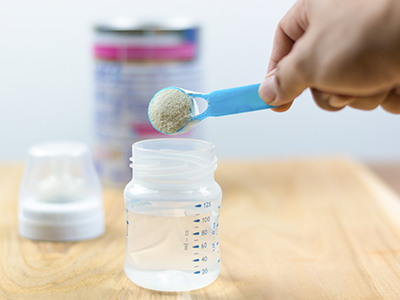 https://riseandshine.childrensnational.org/wp-content/uploads/2022/02/powdered-infant-formula-feature.png
300
400
Rise and Shine
https://riseandshine.childrensnational.org/wp-content/uploads/2017/11/childrens_riseandshine_logo.jpg
Rise and Shine2025-11-14 11:06:012025-11-14 11:18:37What you need to know about the ByHeart infant formula recall
https://riseandshine.childrensnational.org/wp-content/uploads/2022/02/powdered-infant-formula-feature.png
300
400
Rise and Shine
https://riseandshine.childrensnational.org/wp-content/uploads/2017/11/childrens_riseandshine_logo.jpg
Rise and Shine2025-11-14 11:06:012025-11-14 11:18:37What you need to know about the ByHeart infant formula recall







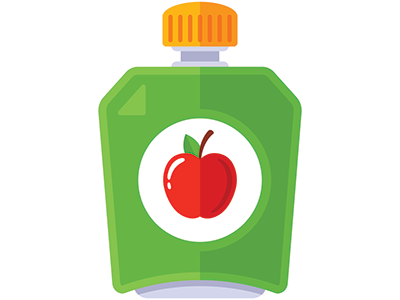
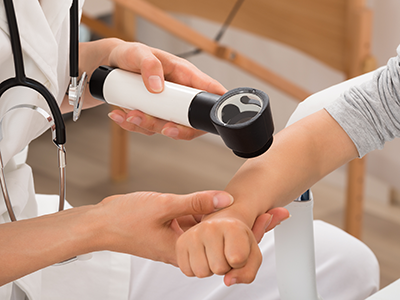

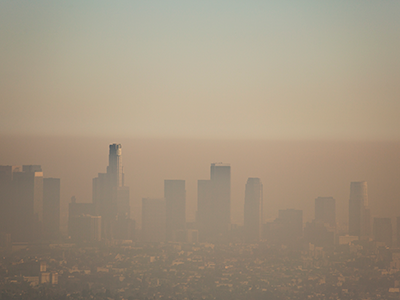
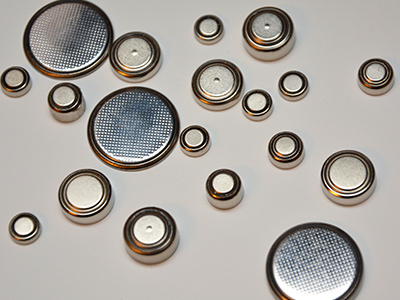

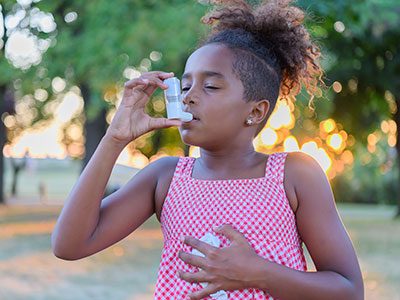

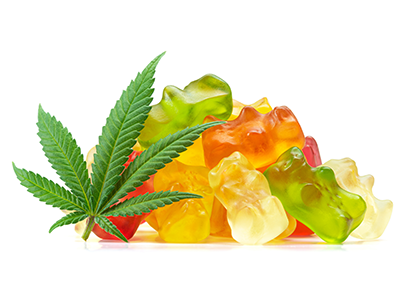
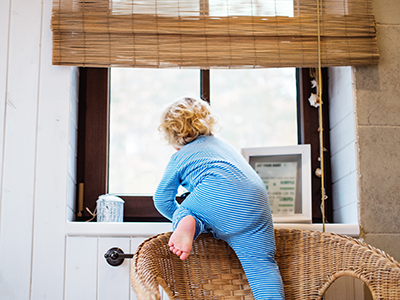
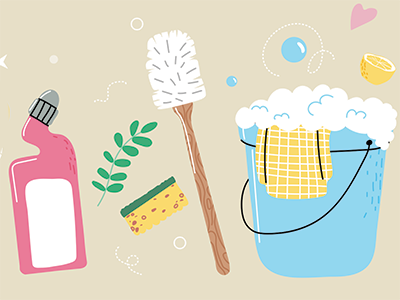
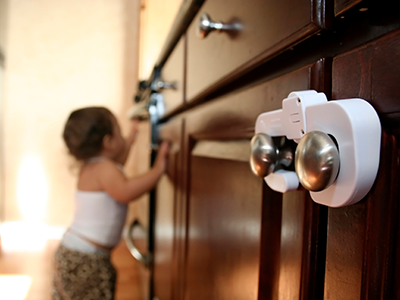

Leave a Comment
Want to join the discussion?Feel free to contribute!